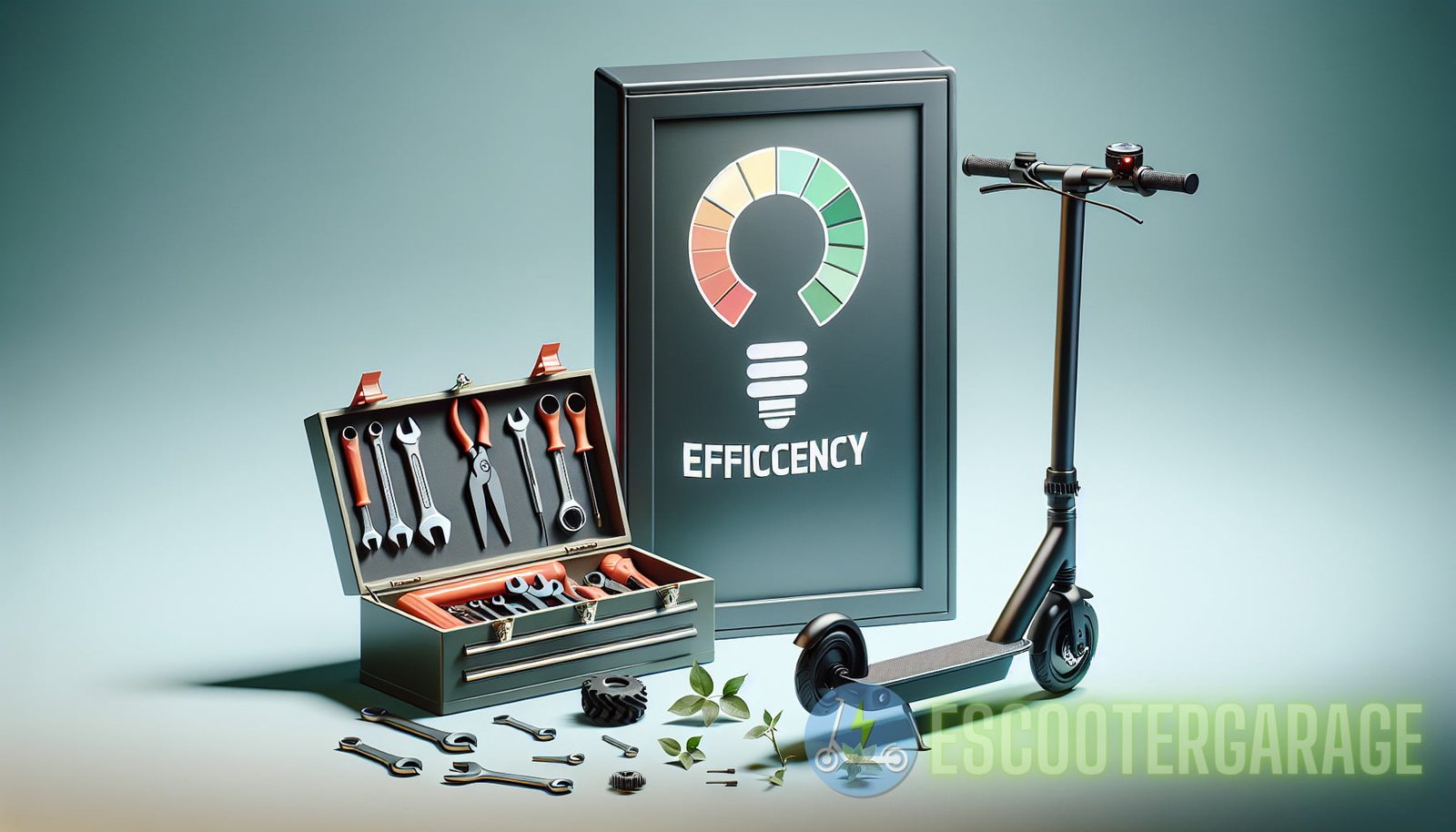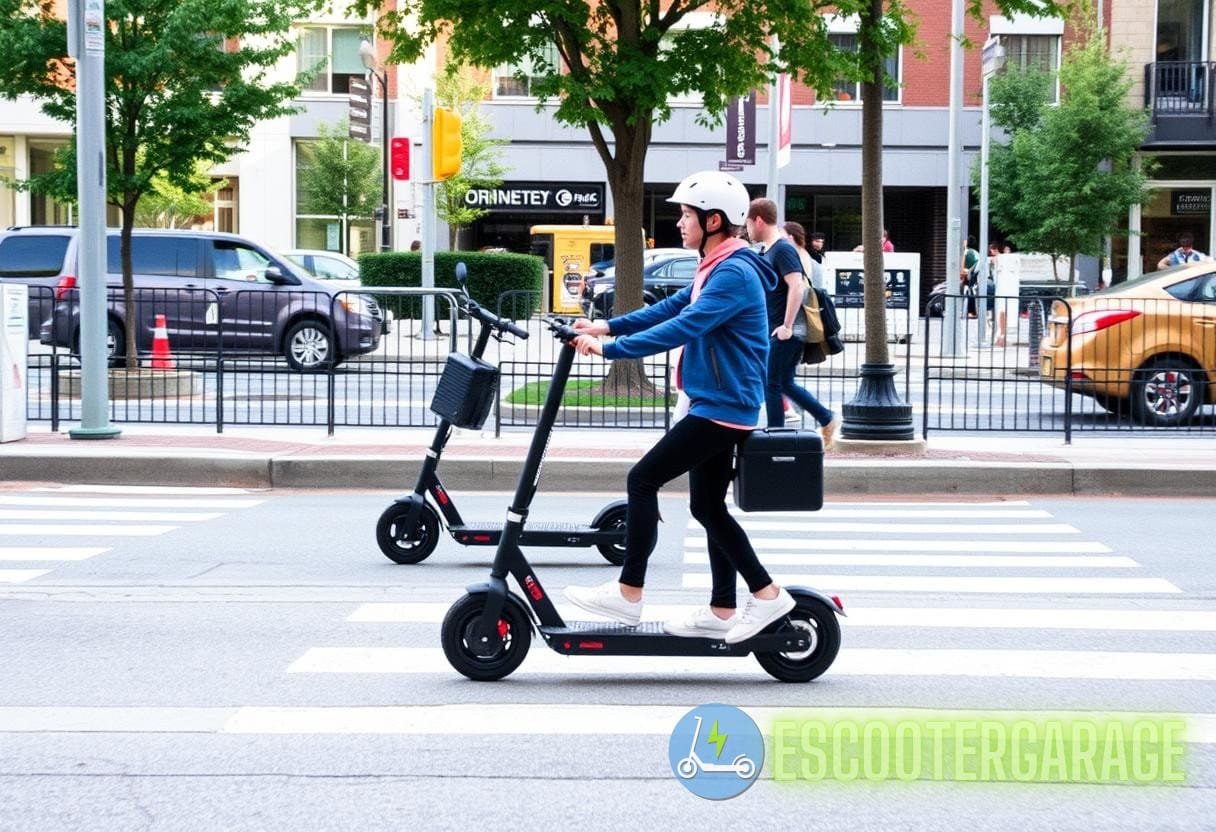Unlocking the Enigma: Delving into the Enigmatic Causes of Inefficiency in eScooter Performance
Electric scooters, or eScooters, have gained popularity as a convenient and eco-friendly mode of transportation. With their compact size, ease of use, and zero emissions, eScooters have become a preferred choice for many urban commuters. However, like any other vehicle, eScooters are not immune to performance issues, and inefficiency in power and battery usage can be a common problem. In this article, we will explore the enigmatic causes behind the efficiency issues in eScooter performance, providing troubleshooting tips and insights for resolving these problems.
The Importance of eScooter Efficiency
Efficiency is crucial when it comes to eScooters for several reasons:
- Maximizing Battery Life: Efficient power usage ensures that the battery lasts longer, allowing for extended riding time before recharging is required.
- Improved Range: An efficient eScooter can cover more distance with the same amount of battery power, providing a longer range for riders.
- Reduced Cost: With greater efficiency, riders can save money on electricity costs by optimizing power consumption.
- Environmental Impact: By optimizing energy usage, eScooters can minimize their carbon footprint, contributing to a cleaner and greener environment.
Understanding the Causes of Inefficiency
There are several factors that can contribute to the inefficiency in eScooter performance:
- Battery Degradation: Over time, eScooter batteries can suffer from degradation, leading to reduced capacity and efficiency. Factors such as temperature extremes and frequent deep discharges can accelerate this process.
- Tire Pressure: Under-inflated tires can increase the rolling resistance of the eScooter, resulting in decreased efficiency. Regularly checking and maintaining proper tire pressure can help improve performance.
- Weight: Carrying excess weight, such as a heavy bag or additional passengers, can put a strain on the eScooter and cause it to consume more power. Keeping the weight within the specified limits can help improve efficiency.
- Speed: Riding at high speeds can lead to increased wind resistance, causing the eScooter to work harder and consume more energy. Maintaining a moderate and consistent speed can help optimize efficiency.
- Terrain: Riding on hilly or uneven terrain requires more power from the eScooter, resulting in higher energy consumption. Choosing a route with a favorable terrain can improve efficiency.
- Mechanical Issues: Faulty components, loose connections, or worn-out parts can lead to increased energy consumption. Regular maintenance and timely troubleshooting can help identify and resolve these issues.
By understanding these causes, riders can identify and address efficiency problems to improve the overall performance of their eScooters. Troubleshooting is a key aspect of maintaining efficiency, and it involves diagnosing and resolving issues that may arise during the eScooter’s operation.
Troubleshooting Tips for Improving Efficiency
Here are some troubleshooting tips and techniques to enhance the efficiency of your eScooter:
1. Check Battery Health and Charging
Keep track of your battery’s health and ensure it is charged properly. Battery degradation is a natural process, but regular maintenance and proper charging practices can help mitigate its effects:
- Charge the battery according to the manufacturer’s recommendations to avoid overcharging or undercharging.
- Monitor the battery’s voltage and capacity regularly using a multimeter or a dedicated battery health monitor.
- If you notice a significant drop in capacity or efficiency, consider replacing the battery with a new one.
- Store the battery in a cool and dry place when not in use to extend its lifespan.
For more detailed information about troubleshooting battery-related issues, you can refer to the article “Mastering eScooter Troubleshooting: Unveiling the Secrets Behind Non-Starting Woes.”
2. Maintain Proper Tire Pressure
Regularly check and maintain the proper tire pressure in your eScooter. Under-inflated tires can increase rolling resistance and decrease efficiency:
- Refer to the manufacturer’s guidelines for the recommended tire pressure.
- Use a reliable tire pressure gauge to check the pressure regularly.
- Inflate the tires to the recommended pressure using a suitable air compressor or pump.
- Inspect the tires for any punctures or damage and replace them if necessary.

For more detailed information about troubleshooting tire-related issues, you can refer to the article “Solving eScooter Power Issues: Easy Troubleshooting Tips for Efficient eScooter Power Fixes.”
3. Minimize Excess Weight
Avoid carrying excessive weight on your eScooter, as it can put a strain on the battery and decrease efficiency:
- Review the manufacturer’s recommended weight limits for your eScooter.
- Remove any unnecessary items from your backpack or storage compartments.
- Consider the weight of any additional passengers if your eScooter is designed for two riders.
4. Optimize Riding Speed
Maintaining a moderate and consistent speed while riding can help improve efficiency:
- Avoid unnecessary acceleration and braking, as these actions consume more power.
- Find a comfortable cruising speed that allows for efficient power usage.
- Plan your route to minimize stops and starts, allowing for smoother and more efficient riding.
5. Choose Favorable Terrain
When possible, select routes that offer favorable terrain for your eScooter:
- Avoid steep hills or rough terrain, as these can cause the eScooter to consume more power.
- Utilize bike lanes or smooth roads for optimal efficiency.
- Plan your route with the help of navigation apps that offer terrain information.
6. Perform Regular Maintenance
Regularly inspect and maintain your eScooter to prevent mechanical issues that can reduce efficiency:
- Clean the eScooter regularly to remove dirt and debris that can affect performance.
- Tighten any loose connections and check for signs of wear or damage in components.
- Refer to the manufacturer’s maintenance schedule for detailed guidance on servicing and inspections.
These troubleshooting tips can help address common efficiency issues in eScooters. However, if the problems persist or if you encounter more complex issues, it is recommended to seek professional assistance from an authorized eScooter service center or technician.
Conclusion
Efficiency plays a critical role in maximizing the performance and longevity of eScooters. By understanding the enigmatic causes of inefficiency and implementing the troubleshooting tips provided, riders can improve their eScooter’s efficiency, optimize battery life, and contribute to a more sustainable mode of transportation.
Remember, regular maintenance, proper charging practices, and conscious riding habits are key to unlocking the full potential of your eScooter. Enjoy the convenience and eco-friendly benefits of eScooters while ensuring a smooth and efficient ride.



